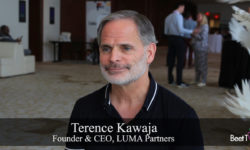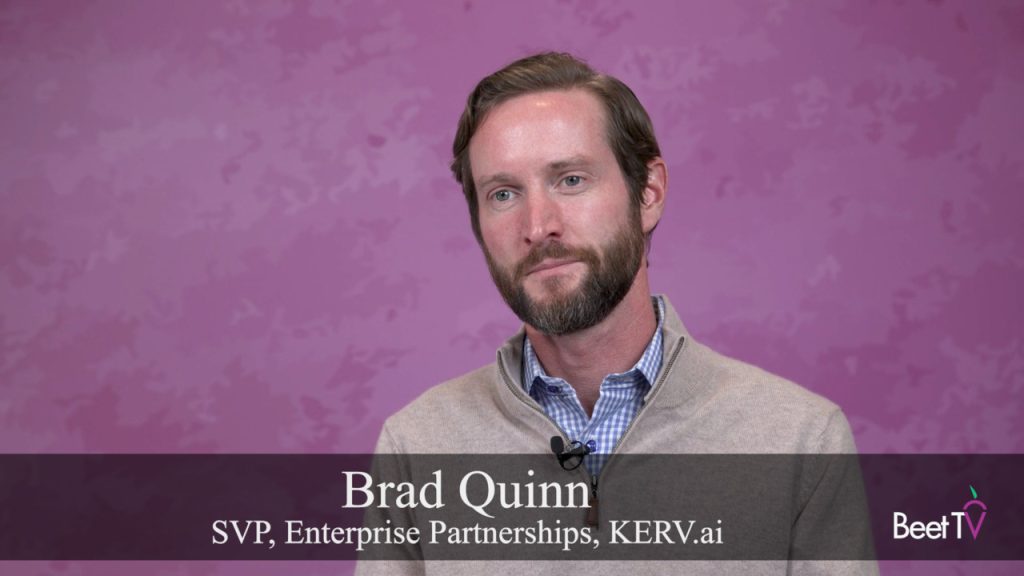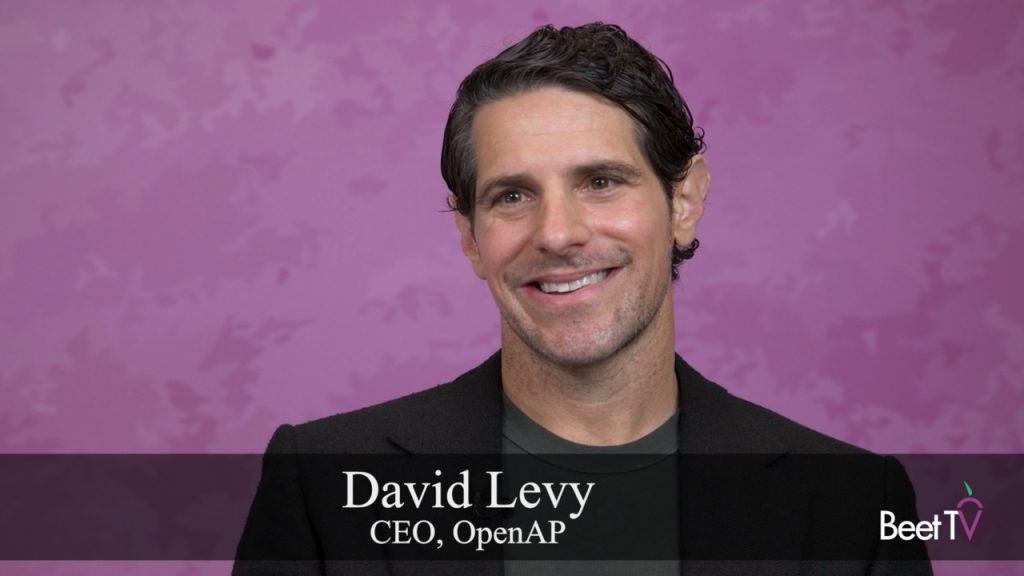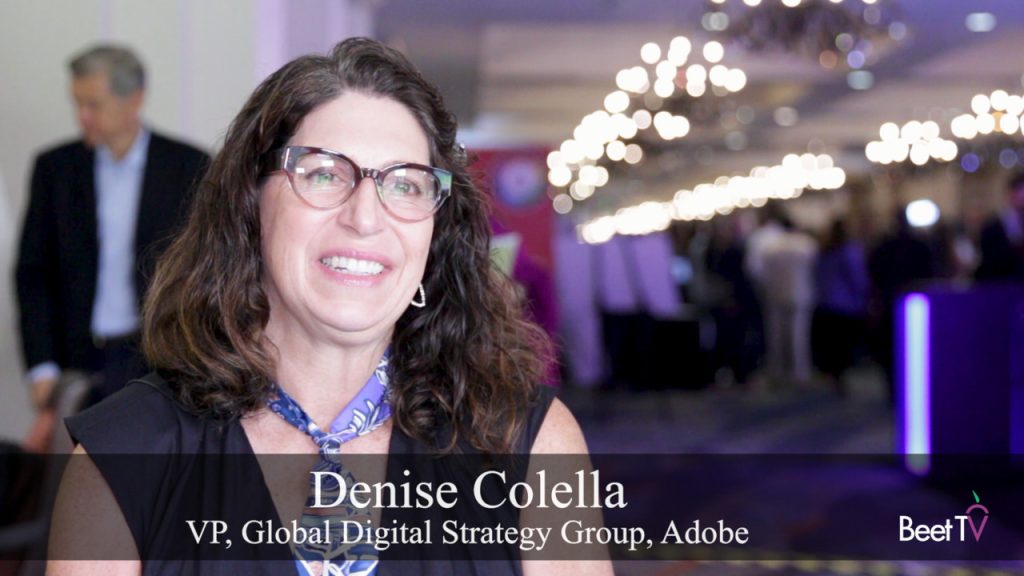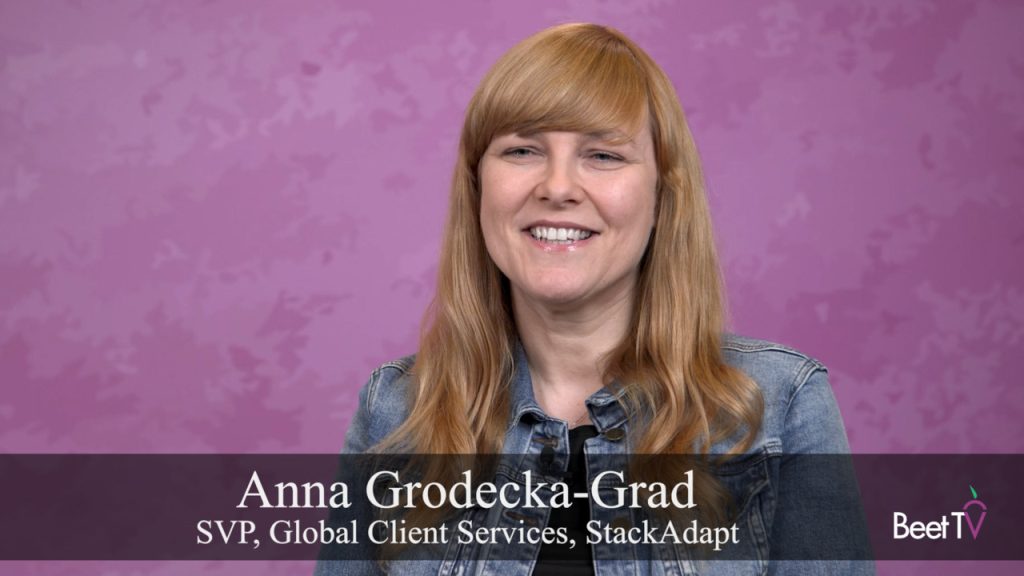MARCOS ISLAND, Fla. – Millions of households are hooking up televisions to the internet, promising a possibility that advertisers can reach target audiences like they do on search engines and social media. But achieving these goals for connected television (CTV) is a challenge.
“We’re getting closer to being able to leverage data for more precise targeting in CTV; however, we’re not there,” Therran Oliphant, senior vice president of data and technology at WPP’s EssenceMediacom, said in this interview with Beet.TV contributor Mike Shields at the IAB Annual Leadership Meeting.
“The plethora of identifiers that are based off authenticated data aren’t really a perfect one-to-one to how CTV is bought,” he said, adding that it’s necessary “to do a better job of aggregating that data up, and modeling it so that it actually creates a good personalized ad experience in the CTV marketplace.”
CTV doesn’t have tracking cookies in the same way that web browsers going back to Netscape do. A more common identifier is an internet protocol (IP), or web address, that doesn’t indicate which people in a household are watching television.
“Most of your CTV devices are not addressable,” Oliphant said. “Its creates a dis-center-mediated or not exact one-to-one relationship across all of the targeting schemas that might be utilized to deliver a personalized ad.”
A variety of companies and organizations have developed audience identifiers that are intended to help advertisers with their targeting and frequency capping while protecting consumer privacy. Media buyers are looking for a more universal identifier that works across platforms.
“We need better interoperability between those different identifiers,” Oliphant said. “unless you have really solid ‘mapping tables,’ you’re not going to be able to say, ‘Hey, we actually were able to reach this person on these three different channels and platforms.’”
You’re watching ‘What’s Next: Scaling CTV Through Industry Collaboration,’ a Beet.TV Leadership Series produced at IAB ALM 2023, presented by Index Exchange. For more videos from this series, please visit this page.










